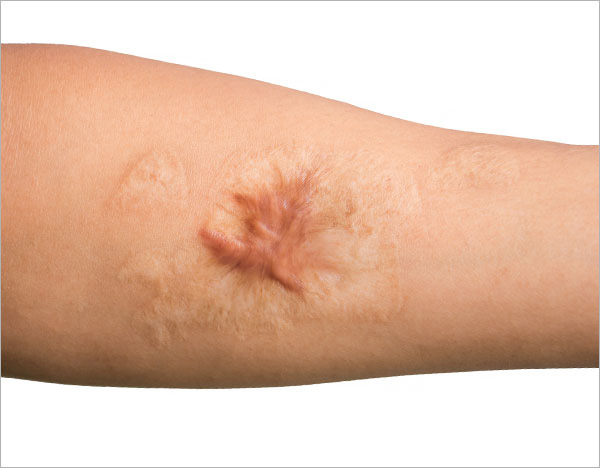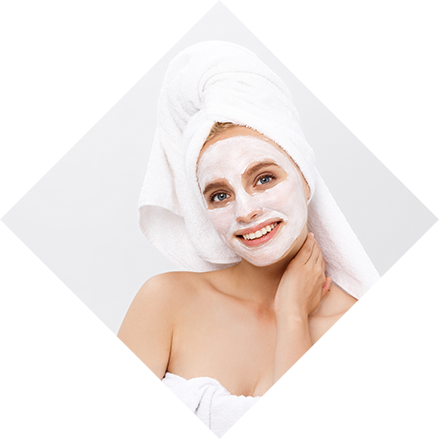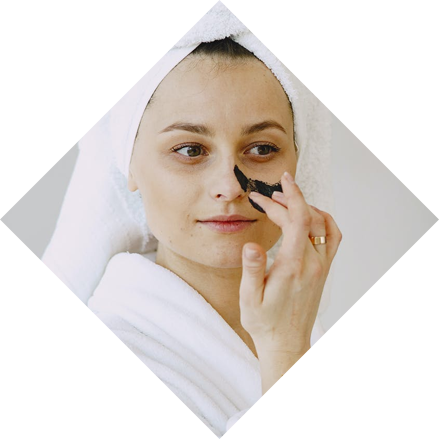Keloids/Corns

Need An Appointment?
Drop Your Number here
Keloids and Corns: Causes, Symptoms, and Effective Treatments
Skin conditions like keloids and corns are common but often misunderstood. Both involve abnormal skin growths, though they form for very different reasons. While keloids result from excessive scar tissue formation after an injury, corns develop due to repeated friction or pressure on the skin. Understanding the causes, symptoms, and available treatments for both can help you manage these conditions effectively and maintain healthy, smooth skin.
Causes and Risk Factors
For Keloids:
-
Genetics: More common in people with darker skin tones.
-
Age: Usually affects people between 10 and 30 years old.
-
Injury type: Piercings, tattoos, or surgeries can trigger keloid formation.
-
Body areas: Chest, shoulders, back, and earlobes are more prone to keloids.
For Corns:
-
Improper footwear: Tight shoes cause friction and pressure.
-
Foot abnormalities: Bunions, hammertoes, or flat feet increase risk.
-
Frequent walking or standing: Continuous stress on feet promotes corn formation.
-
Lack of socks or foot protection: Increases rubbing against shoes.
1.jpg)
Treatment for Keloids
While keloids can be difficult to treat, various medical and cosmetic procedures can help reduce their size and appearance.
1. Corticosteroid Injections
Corticosteroids help flatten keloids and reduce itching or redness. Multiple sessions may be required for best results.
2. Laser Therapy
Laser treatments can smooth the skin, lighten the keloid’s color, and stimulate collagen remodeling without damaging surrounding tissue.
3. Cryotherapy
Freezing keloid tissue with liquid nitrogen helps shrink smaller scars, especially in early stages.
4. Surgical Removal
In severe cases, the keloid can be surgically removed, though there’s a risk of recurrence if not combined with other treatments like radiation or steroid injections.
5. Silicone Gel or Sheets
Applying silicone gel helps soften and flatten keloids over time and is effective for prevention after surgery or injury.
Treatment for Corns
Corns can often be managed with simple home care, but persistent or painful corns may require professional treatment.
1. Padding and Footwear Changes
Wearing properly fitted shoes and using protective pads reduces friction and pressure.
2. Soaking and Exfoliating
Soak your feet in warm water and gently file away thickened skin with a pumice stone to reduce corn size.
3. Moisturizers
Use urea-based creams to soften thickened skin and prevent dryness.
4. Medical Removal
A podiatrist can safely trim or remove corns using sterile instruments—never attempt to cut them yourself.
5. Orthotic Devices
Custom-made shoe inserts can help distribute pressure evenly and prevent recurrence.
Need An Appointment?
Drop Your Number here
Prevention Tips
For Keloids:
-
Avoid unnecessary piercings or tattoos if you are prone to keloids.
-
Keep wounds clean and covered while healing.
-
Apply silicone gel or pressure dressings after surgery or injury.
For Corns:
-
Always wear well-fitting shoes with enough toe space.
-
Use cushioned insoles or pads to reduce friction.
-
Keep feet clean, dry, and moisturized.
-
Avoid walking barefoot on hard surfaces.
Conclusion
Both keloids and corns are common skin conditions that can cause discomfort or affect appearance, but they are treatable with proper care. Keloids result from excessive scar tissue growth, while corns develop due to friction and pressure. By understanding the differences, recognizing symptoms early, and following a dermatologist or podiatrist’s advice, you can manage both conditions effectively and maintain smooth, healthy skin.
Patient Testimonials

She's the best skin doctor I've come across so far. she listens patiently, gives the prominent treatment accordingly. Guys looking for skin treatment must visit Dr Nidhi Bansal, you will get satisfying results👍
- Sanya Sayyed

I consulted with Dr Nidhi Bansal after one of my friend suggested. The doctor is very
calm and well versed with the solutions. I definitely liked the way He made me
understand the issues of my hair sclap.
I am very happy with my own experience with
her and the treatment provided amazing hence I would highly recommend to this doctor for
any skin or hair disease.
- Anu Verma

I was suffering from severe acne on my face. Dr Nidhi told me in detail about the treatment options and customized the procedures for my face. Within one day my redness and acne has reduced by 90%. I am so happy with the results and would recommend Dr Nidhi to everyone for their skin and hair problems.
Priya Rajput

Best doctor I always go to Dr Nidhi skin clinic whenever i have any skin problems . Dr. Nidhi is such a humble + trusted doctor I was dealing with pimples and scars from 6 years, someone told me about Dr Nidhi .I having been taking treatment from 2 months .my acne has gone for forever ,thanks for giving me normal skin best dermatologist in jaipur I got 100 % results , M bhut jayda preshan tha acne , blackheads whiteheads se ,mera face bhut khrab dikhta tha bhut guilty feel hota tha logo ko face krne m now I m confident .thank you doctor
Neeraj Yogi



Patient's Testimonials









